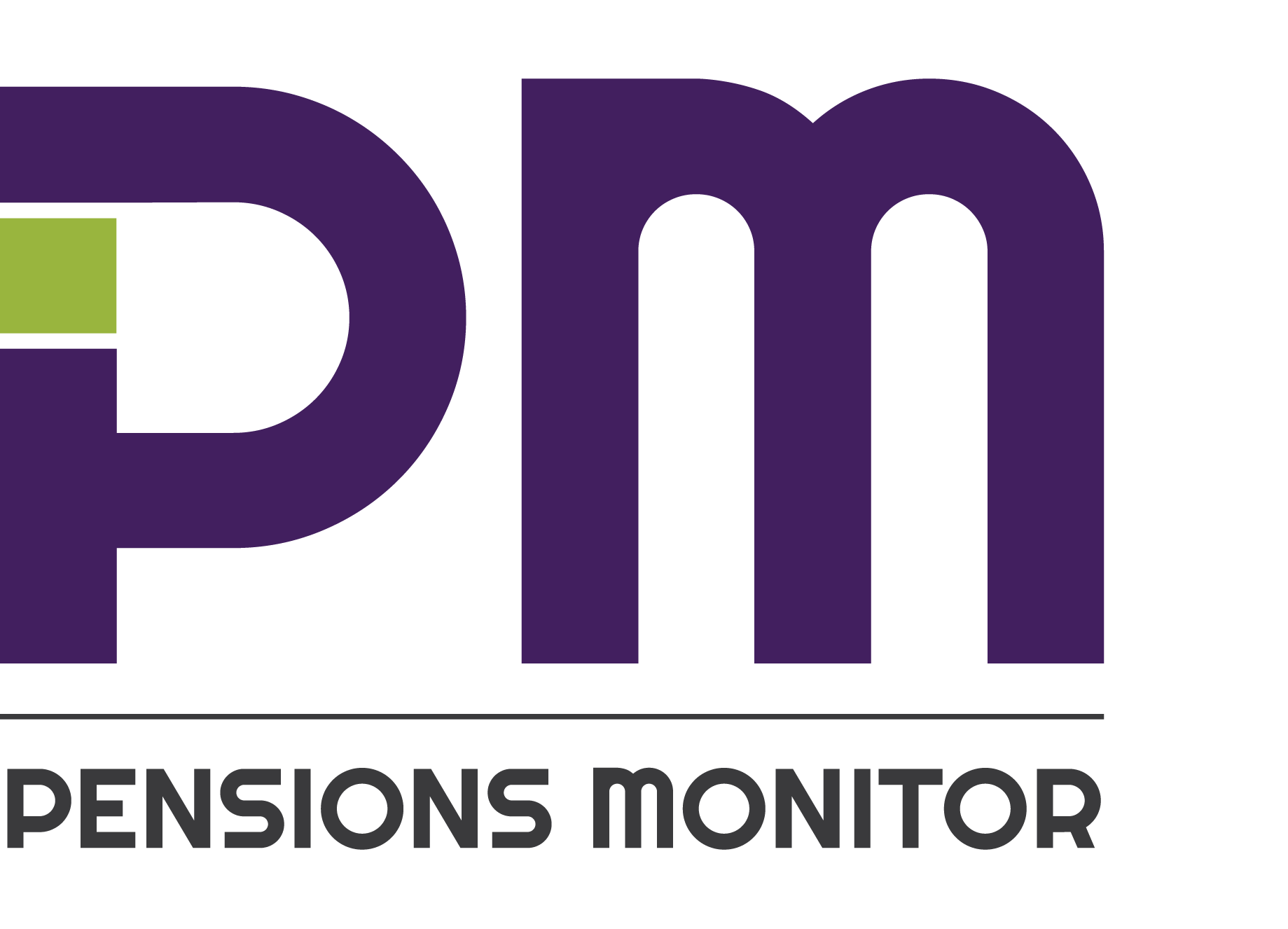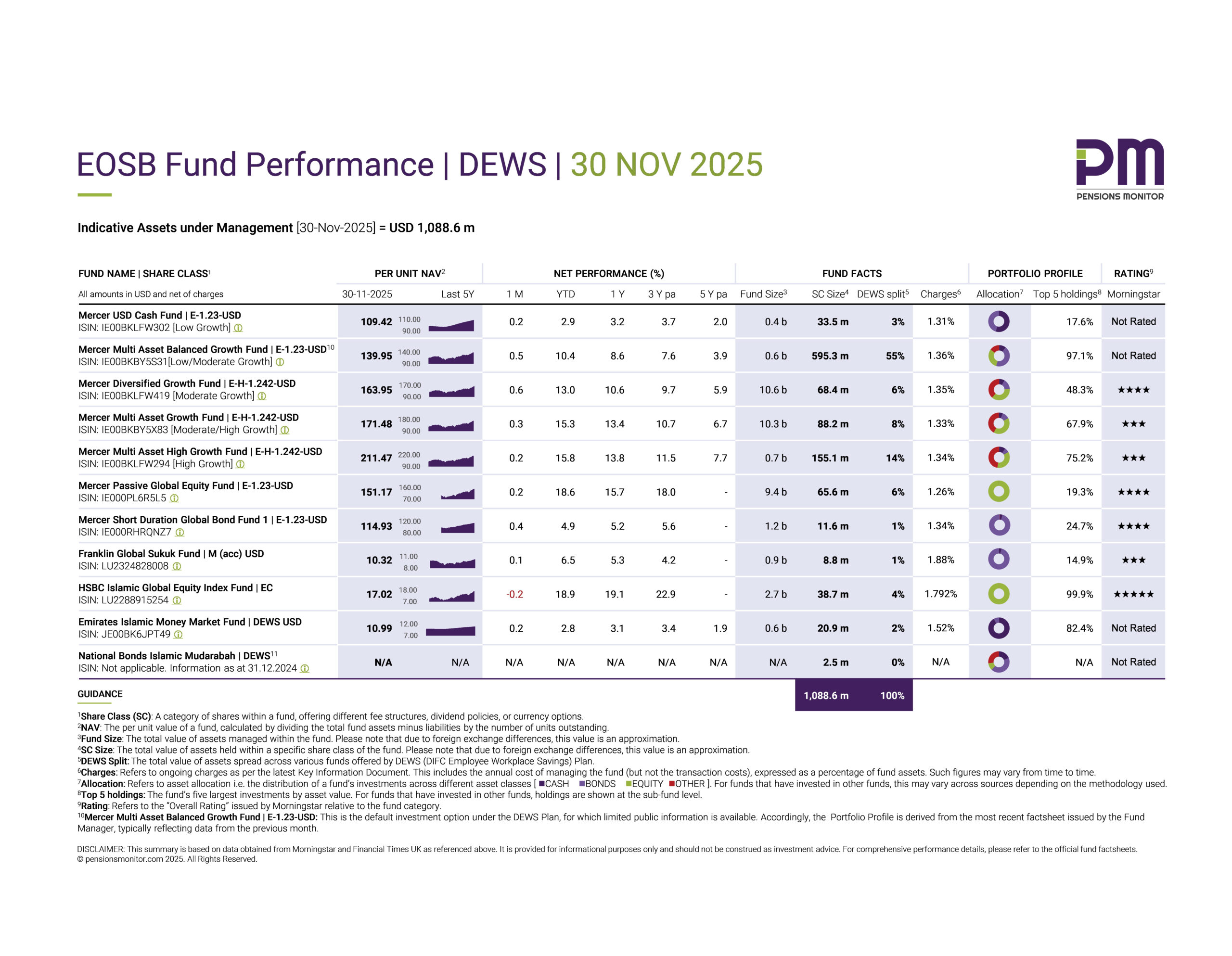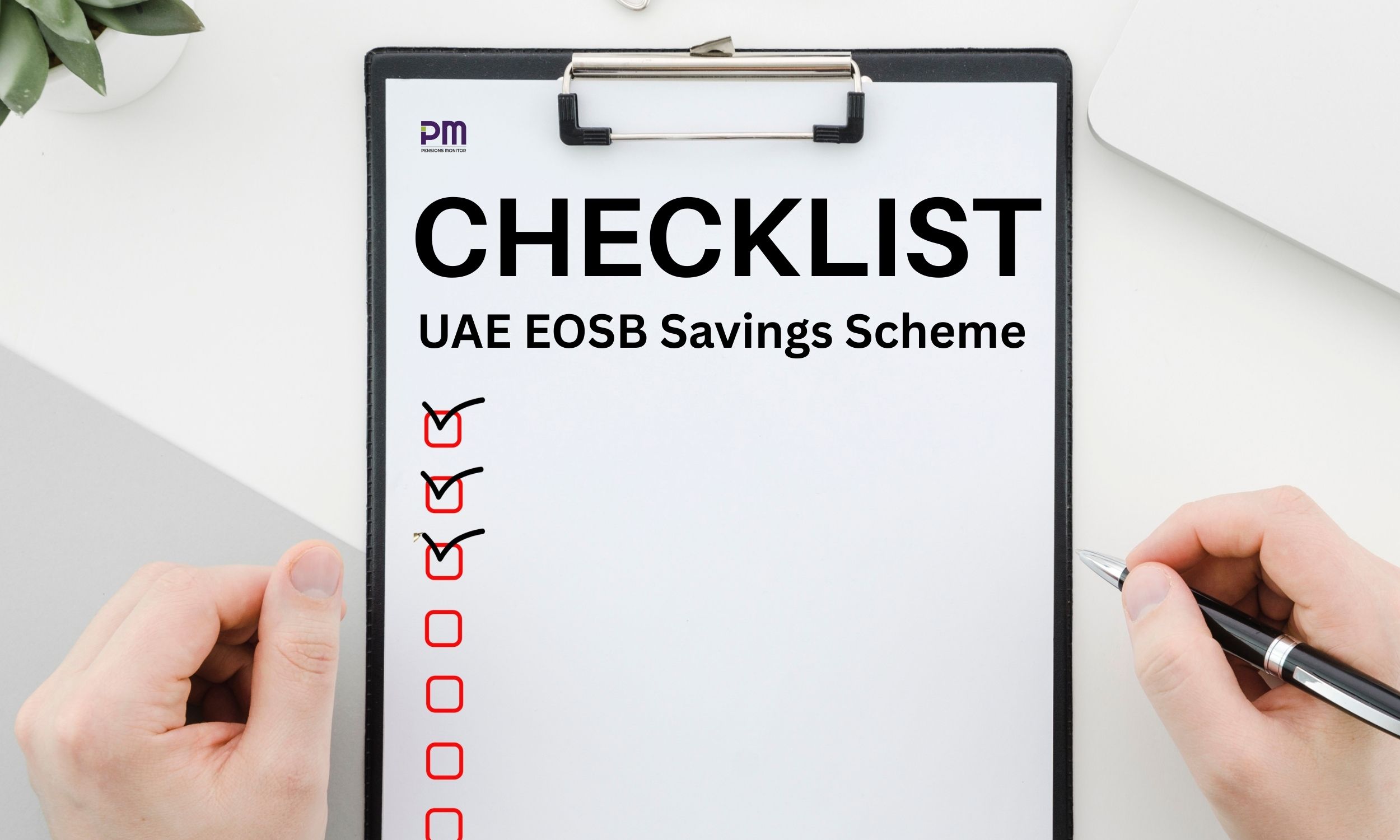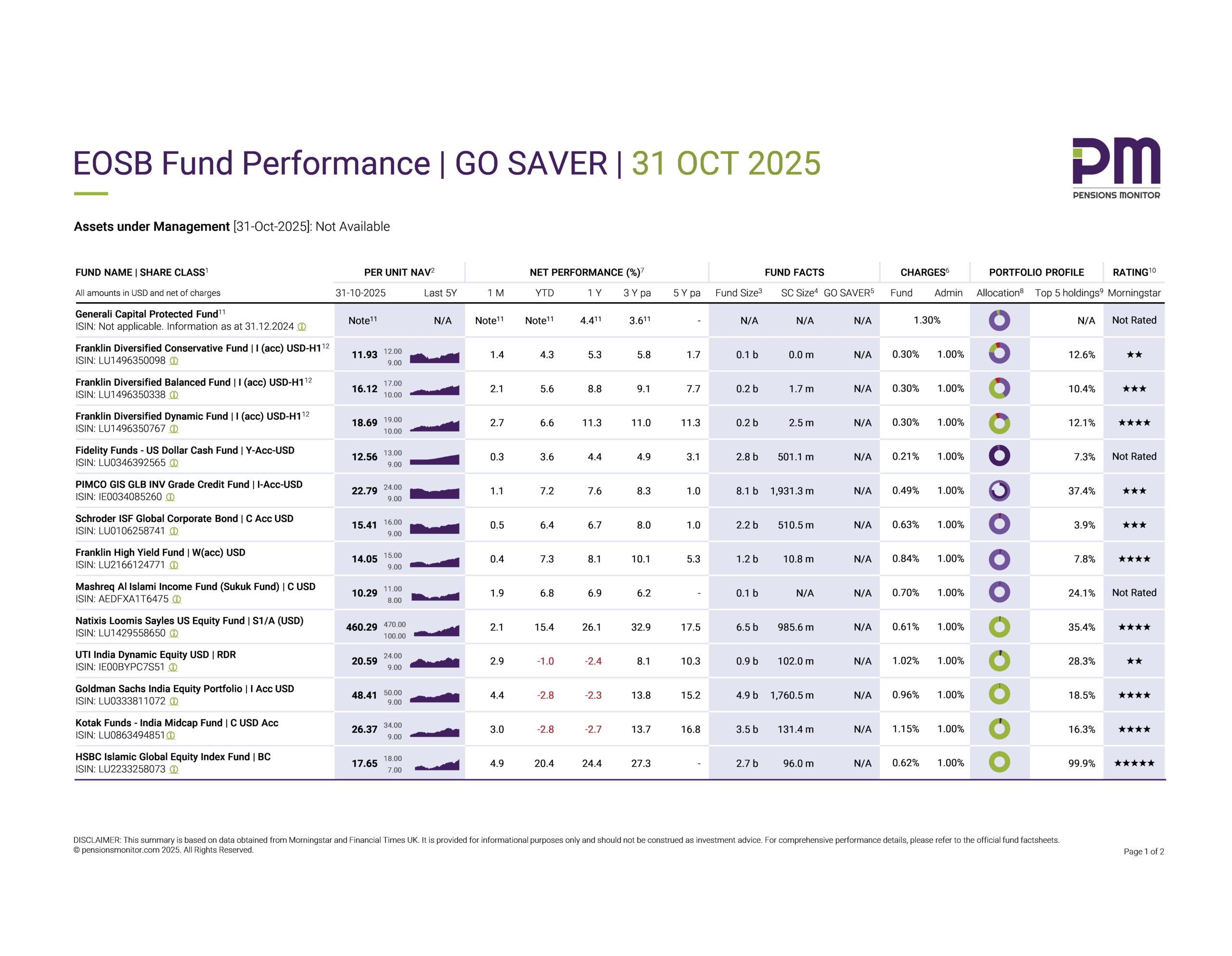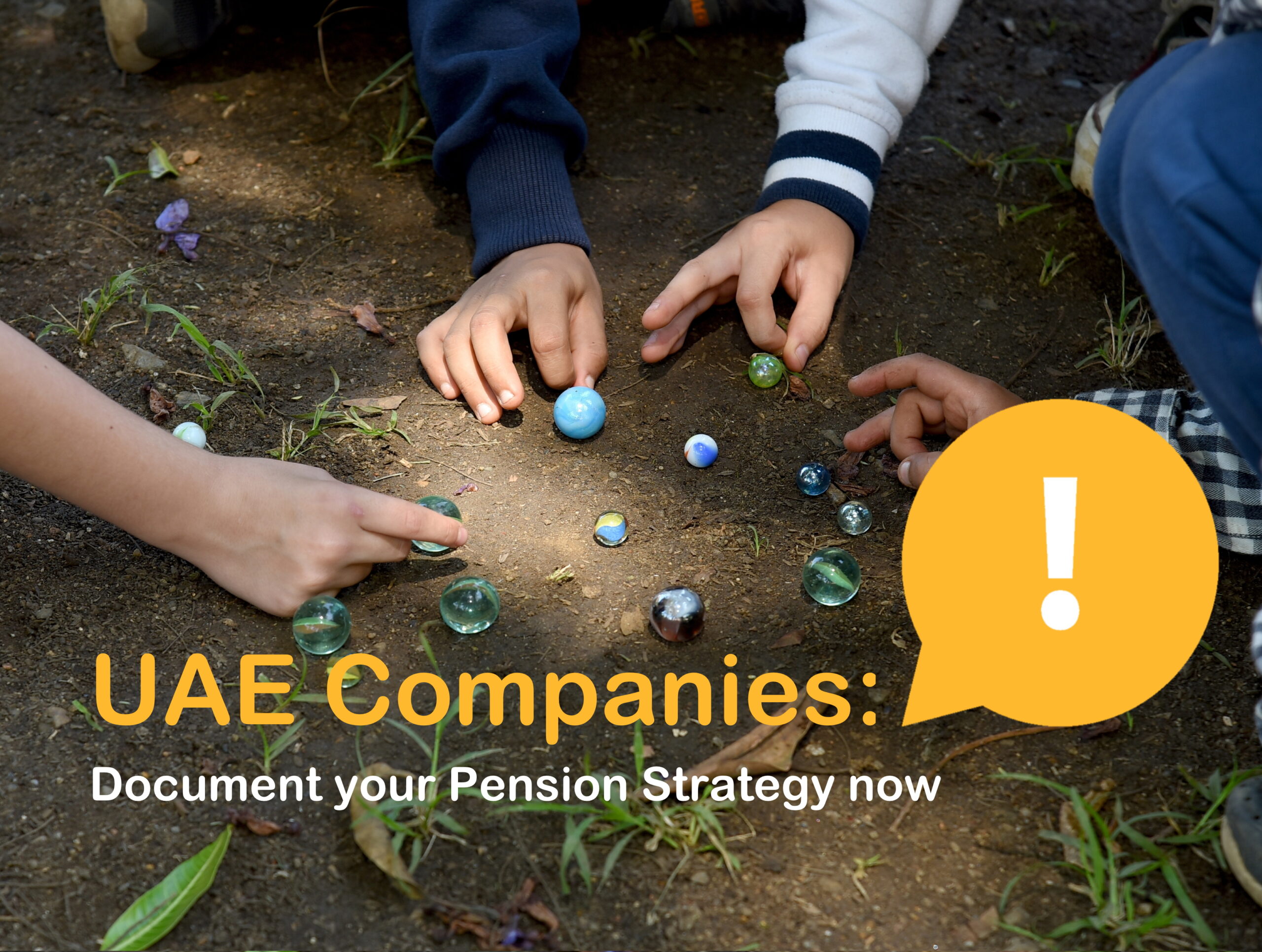
In recent weeks, Pensions Monitor has been engaging with companies to assess their understanding and readiness for the new End-of-Service Savings scheme. While most companies are aware of the scheme, many feel that there is little urgency as the scheme is still optional. Moreover, there are no investment options available yet.
However, this voluntary phase presents a unique opportunity for HR professionals to prepare proactively for when the scheme becomes mandatory. This preparation is critical as it impacts both, company finances and employee financial well-being.
Where should HR professionals start?
The first step is to document a plan, essentially a pension strategy. While the scheme’s parameters are already defined by regulation, a well-documented pension strategy extends beyond these guidelines. It outlines future obligations, facilitates regulatory awareness and provides a clear implementation roadmap that aligns the interests of both, internal and external stakeholders.
Key considerations when developing a pension strategy:
-
Budget integration: When is the End-of-Service Savings scheme expected to become mandatory? Should your budget plan for 2025 or 2026? How does this align with your company’s overall business objectives and financial health?
-
Transition approach: Should you transition in a phased manner by enrolling employees in batches during the voluntary phase to test the waters? Or should you wait until the scheme becomes compulsory to enroll all employees at once? What teething problems might arise during this transition?
-
Contribution levels: Should your company contribute the minimum statutory End-of-Service Benefits (EOSB), or more to benefit from potential tax relief? Refer to our previous article for details.
-
External support: Will you need assistance from external consultants? If so, what form will this support take, who are the potential providers, and what will be the costs?
-
Administration costs: What administrative expenses are anticipated? Will additional HR staff be needed to manage the End-of-Service Savings scheme? Consider tasks such as communication with plan providers, payroll uploads, exception handling, internal staff communication, training, etc.
-
System capabilities: Are your current systems equipped to manage records of enrollment, contributions and claims? Will upgrades be required? What integrations will be required with fund managers? (Tip: Incorporating EOSB contributions on pay slips could be beneficial).
-
External vs. Internal Solutions: Or should you rely on the fund provider’s system and if so, how will you manage historical records if you switch providers in the future?
-
Decision-making: While the Board of Directors will make high-level decisions, these must reflect employee needs, preferences, and feedback, as these decisions directly affect employee finances. How will you incorporate employee preferences?
-
Communication: When and how should you start communicating with employees to secure their buy-in? How will you educate employees about the pension scheme, its benefits, and its operation? What feedback channels will be established?
-
Choosing fund managers: What criteria will you use to objectively evaluate and monitor fund performance?
-
Service agreements: Who will negotiate and formalize agreements with fund managers to ensure that terms and expectations are clearly defined and documented?
-
Risk management: What strategies will you deploy to mitigate associated risks, including investment diversification, compliance checks, and financial contingency planning?
-
Legal guidance: What legal counsel will you need regarding compliance with regulations, and addressing legal disputes?
-
Governance structure: What will the internal governance structure for overseeing the pension scheme look like? Have the roles and responsibilities for HR, finance, compliance and management teams been defined? What mechanisms for oversight, including audits, performance reviews, and compliance checks need to be put in place?
External stakeholders: Don’t forget to consider external stakeholders such as regulators, fund managers, service providers, legal advisors, and consultants in your strategy as well.
By addressing these considerations proactively, companies can ensure a smoother transition when the End-of-Service Savings scheme becomes compulsory, benefiting both the organization and its employees.
Pensions Monitor will explore these topics in more detail in the coming weeks.
If you or your company would like to discuss any of these areas, please contact us at info@pensionsmonitor.com. We work with a panel of pension specialists, including actuaries, who can provide valuable assistance.
Also, don’t forget to sign up for our newsletter to stay updated on the latest developments in the UAE’s pension industry.
